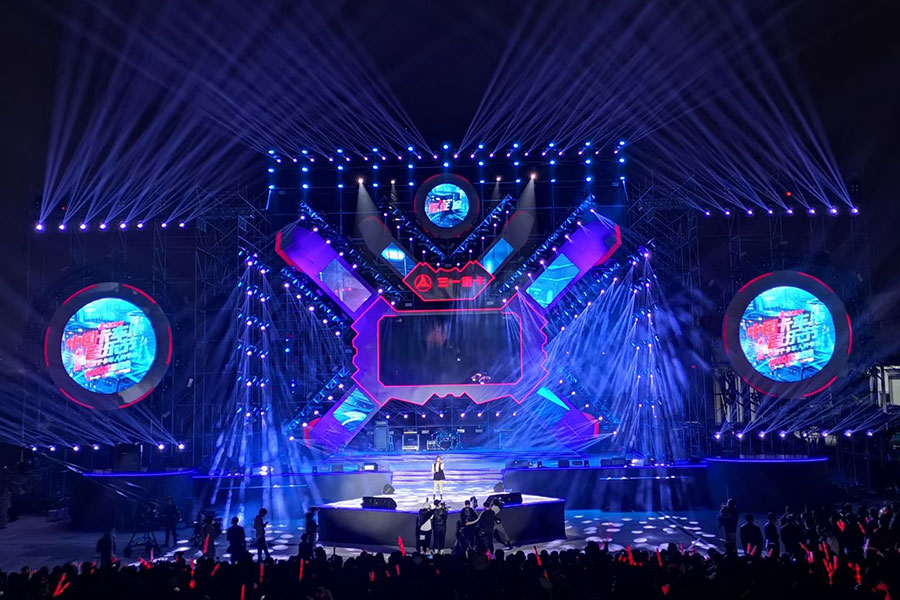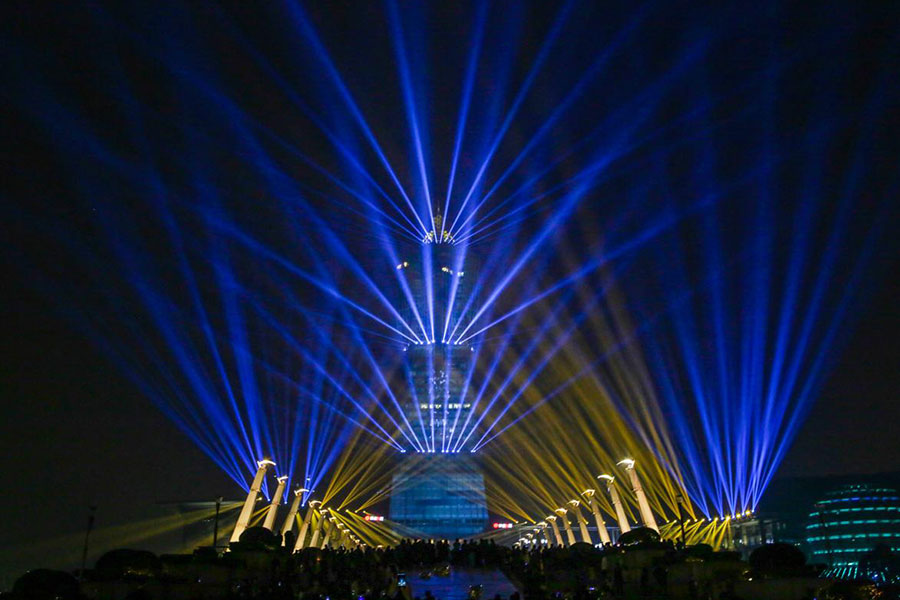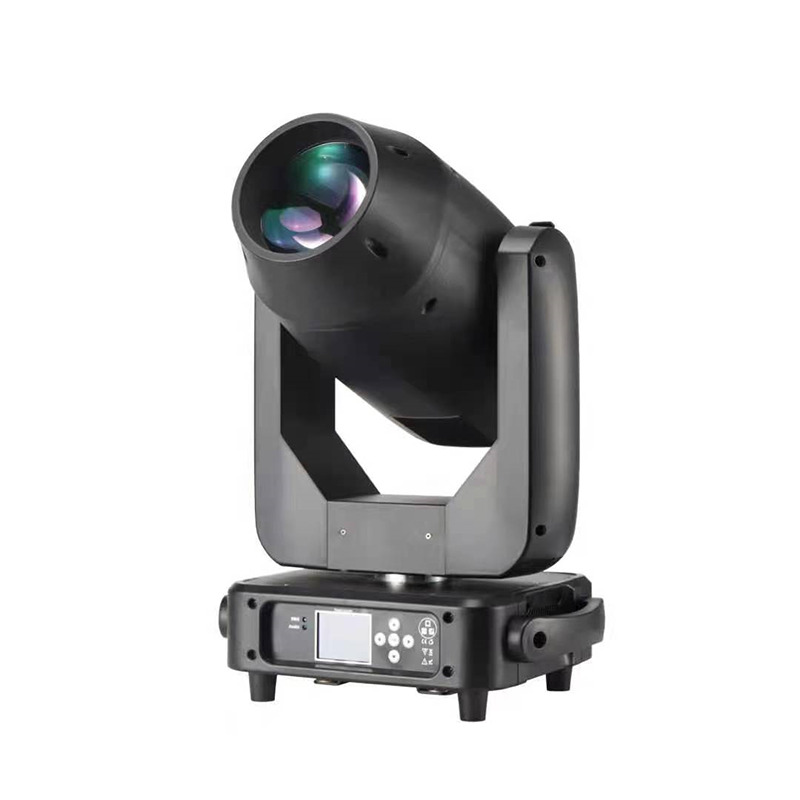The True Cost of Ownership
Moving lights can be flat out awesome. Whether it's live in concert or on shows like America's Got Talent, we've all witnessed moments where great music meets epic lighting and creates a moment of "wow." It looks different every time (with flexibility being a big advantage of these fixtures), but this incredible visual environment can be very engaging with the right audience, including an increasing number of churches.
The True Cost of Ownership
We love moving lights, don't get us wrong, but they are a big investment that require a commitment well past the initial price of a fixture. What most people don't consider is they have so many moving parts, they will require maintenance and repair. These fixtures need regular cleaning and check-ups, so if you don't have the time to keep them up, you probably should stick with renting them when you need them. When it comes to budgeting for these fixtures, you should expect to spend a minimum of 50% of the cost of the fixture over the first 5 years in maintenance and repair. In other words, a church looking at a $3,000 fixture should really be thinking about a 5 year minimum cost of $4,500. It's worth the expense if you need the features of a moving light, but it's important to be aware that there is a cost of ownership past the initial purchase.
Getting What You Need
Many of the features of moving lights can be accomplished using multiple stationary fixtures, but if you need more than two of the following features, moving lights are right for you:
Regular flexibility of aiming: Needing controlled light in different, strategic locations regularly
Moving effect lighting: Perhaps your congregation will enjoy and be engaged by light beams moving through your hazed room
Frequent color changing: You need color, and you want to change it multiple times per service
Gobo projection: Texture can make a plain set look amazing, giving it interest and extra dimensionality
Focus-ability: Life is not always better in focus, sometimes gobos look better slightly out of focus
Zoom-ability: Sometimes you need a narrow beam to shoot through the air and sometimes you need a wider wash light for a backdrop or people
What to Look For in Moving Lights
Once you understand the true costs of owning moving lights and have decided that they are right for you, it's time to dive into the dozens of available fixtures and figure out what will meet the needs you have. While everyone has specific features they are looking for, the top 5 features we look for in most cases are:
1) Zoom/Focus
If you are going to spend thousands of dollars on a light fixture, you want to make sure it's as versatile as can be. Ideally, it can zoom in and become a very narrow beam that looks great shooting through haze, and zoom out to become a wash fixture for people or backdrops. With changes in zoom, you'll need to be able to adjust the focus to your changing focal distances.
2) Color Mixing Over Color Wheel
Color wheels aren't terrible, but it can be awkward to have hard cuts from color to color, especially if you scroll through 3-4 colors live to get to the one you want. Color mixing LED fixtures allow you to crossfade smoothly between literally millions of colors with the lamp still on.
3) Brightness
If you're going to invest in a moving light, be sure to get one that you'll have no trouble seeing. In a large room or one with a lot of ambient light, be prepared to spend more on fixtures bright enough to have visual impact. Additionally, if you're using a lot of 575 watt or 1,000 watt white lighting fixtures on your stage, 250 watt automated lights probably won't cut through the noise. Especially once you start adding color filters, you'll need more brightness out of your moving fixtures than your conventional ones if they're going to have impact.
4) Noise
Moving fixtures make noise. The question is, how much noise will these lights make, and will it be a problem in your room? With fans to cool the lamps and lots of mechanical parts moving and spinning, it's important to make sure your fixture doesn't draw attention to itself when you don't want it to. If your light rigging points are far from your audience, this isn't a huge concern. For churches with a 25 foot or lower ceiling, the noise your fixture will produce is an important factor to consider.
5) Gobo Wheels
Many moving fixtures have gobos and a wide variety of options regarding them, so it's important to what gobo options (if any) you need. Many fixtures with gobo wheels have one wheel where the gobos can rotate and another wheel or two where the gobos are fixed. Additionally, some fixtures can use metal gobos while others require much more expensive glass gobos. Choose fixtures that have a combination of gobo wheels that will meet your needs (I want at least one wheel where the gobos can rotate) and have gobos you can afford.
What Features Do You Need?
With any piece of technology, the first question you need to ask and answer is, "what do I want to accomplish with this?" If moving light fixtures are in your future, start thinking about what features you need in order to create the environment that will engage your congregation. The features we have described here tend to also be the features that drive up the price of the fixture, so you can generally save a little money if there are features that aren't as important to you.










